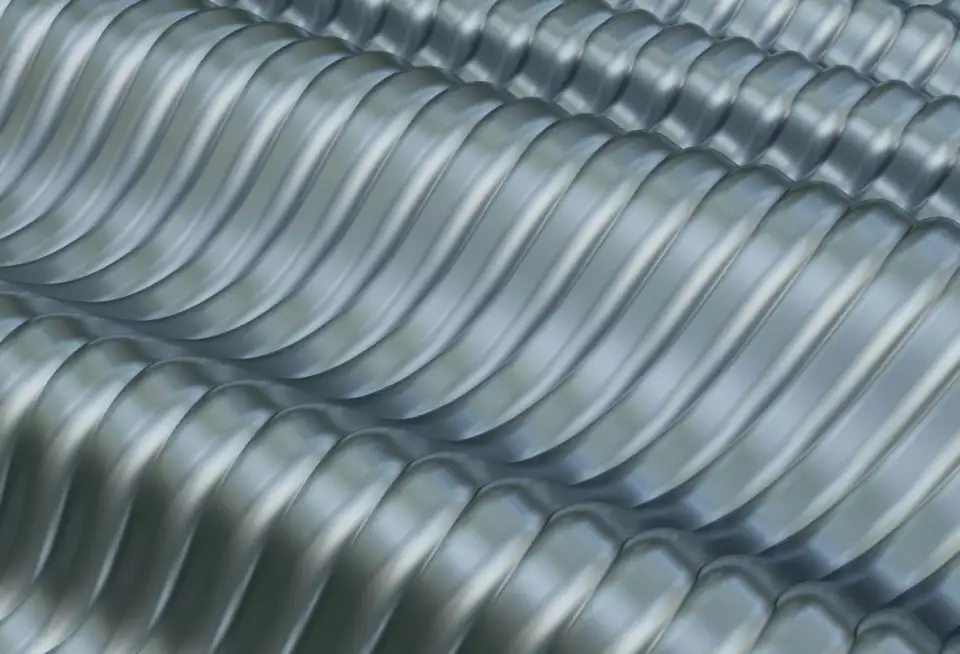On January 20, 2025, China’s major scientific infrastructure, the Experimental Advanced Superconducting Tokamak (EAST) located in Hefei, Anhui, also known as the “artificial sun,” set a new record. For the first time, this experimental device achieved stable, long-pulse high-confinement-mode plasma operation at 100 million degrees Celsius for 1,066 seconds.
This marks humanity’s first attempt to simulate the environment needed for future fusion reactors in an experimental setting, representing a significant leap in China’s fusion energy research, from basic science to engineering practice.
What is the “Artificial Sun”?
The “artificial sun” refers to a device that simulates the nuclear fusion process inside the sun, by controlling and maintaining high-temperature plasma to sustain fusion reactions that release vast amounts of energy. This energy could potentially solve humanity’s energy crisis and profoundly change the way we produce and consume energy. Fusion energy has unique advantages, including abundant raw materials, safety, efficiency, cleanliness, and low carbon emissions. Using fusion to generate power could provide nearly zero-carbon clean energy. For instance, the deuterium extracted from one liter of seawater, when fused with tritium, releases the same amount of energy as burning 300 liters of gasoline.
What Does Crossing the 1,000-Second Barrier Mean?
EAST, located in Hefei, Anhui, was completed in 2006, and researchers have been exploring high-parameter steady-state long-pulse high-confinement-mode plasma operation. The longer the operating time, the more suitable the conditions are for sustaining fusion reactions and generating energy over extended periods.
Achieving a fusion reaction at 100 million degrees for over 1,000 seconds means that humanity has successfully simulated the environment necessary for the efficient and steady operation of future fusion reactors. To reach this goal, researchers overcame several milestones in 2012, 2016, and 2023, achieving steady-state long-pulse high-confinement plasma operations lasting 30 seconds, 60 seconds, and 403 seconds, respectively, laying the foundation for this 1,000-second breakthrough.
Gong Xianzu, a researcher at the Hefei Institute of Physical Science, Chinese Academy of Sciences, said: "To truly utilize fusion energy for civilian use, future reactors must operate for over 1,000 seconds. This result is a significant breakthrough for EAST and a major achievement in the field of magnetic confinement fusion research."
Song Yuntao, Deputy Director of the Hefei Institute of Physical Science, Chinese Academy of Sciences, called it an important milestone: “From here, we shift from cutting-edge basic research to engineering practice, making significant strides toward fusion energy applications. Achieving ‘100 million degrees for 1,000 seconds’ is a challenging task because we need to sustain plasma at a temperature 6-7 times hotter than the sun’s surface, like a fireball, for over 1,000 seconds. This is an incredibly difficult challenge. This achievement marks a solid step forward from 50 years of physical research into engineering practice."
Song Yuntao also noted that EAST is China’s "artificial small sun," and the world’s first fully superconducting Tokamak built in China. The device involves many core technologies and presents numerous technical challenges, such as ultra-high vacuum, high currents, and strong magnetic fields. Over the past few years, EAST has progressively achieved world records, increasing the pulse duration from 100 seconds to 400 seconds, and now to 1,000 seconds. Internationally, the second-ranked devices achieve 70 to 100 seconds, so reaching 1,000 seconds signifies that China is leading the world in high-temperature plasma, high-confinement-mode plasma, and magnetic confinement research.
What’s Next After Achieving ‘100 Million Degrees for 1,000 Seconds’?
Song Yuntao emphasized that sustaining the operation for a long duration is crucial, but magnetic confinement fusion research is like a marathon—it’s not just about speed, but also endurance. In the future, the focus will not only be on sustaining the operation but also on optimizing plasma density, temperature, and other factors to align with the commercial application of fusion energy.
Can Nuclear Fusion Energy Help Humanity Achieve Interstellar Travel?
Many people may wonder why so much effort is being invested in nuclear fusion energy research when there are various other methods of obtaining electricity. What problems is nuclear fusion aimed at solving, and what other potential uses does it have?
Song Yuntao explained that nuclear fusion energy is a clean and efficient energy source. Currently, most human energy consumption relies on fossil fuels, which have a significant negative impact on the environment. If fusion energy becomes viable, it will be highly beneficial to humanity and the environment.
He further compared this to humanity’s progress in transportation: "Before the First Industrial Revolution, people only had horse-drawn carriages, which could only travel short distances between villages. After the industrial revolution, trains and airplanes were developed, enabling people to travel between countries. If nuclear fusion energy is realized, it could allow humanity to travel from one planet to another, thus enabling interstellar travel."
Song Yuntao also added that once fusion energy is commercially applied, it will bring significant changes to human civilization and ways of living, as it would replace limited and polluting fossil fuels. With magnetic confinement fusion, combined with other green energy sources, humanity could create a more sustainable and harmonious environment.


